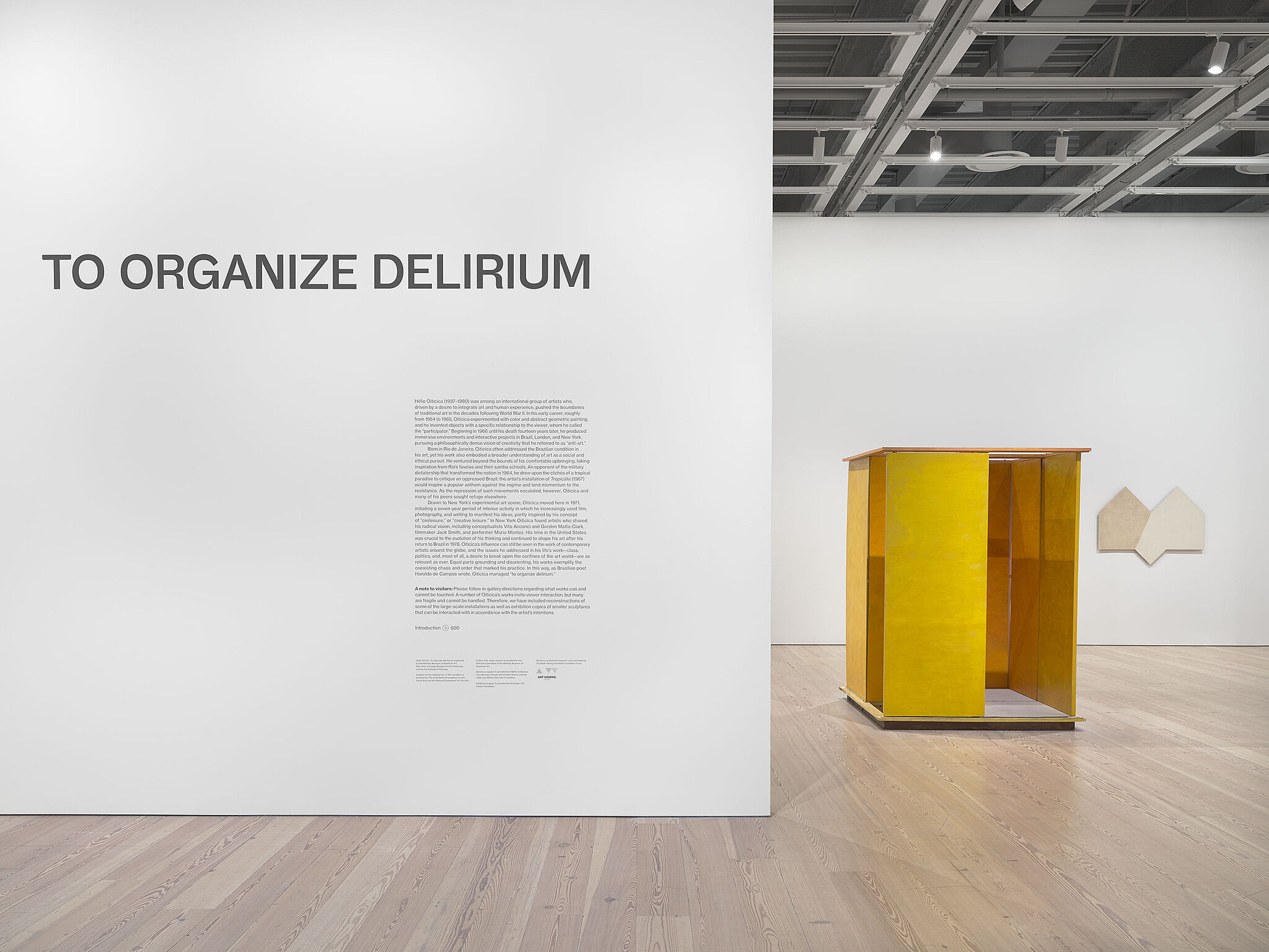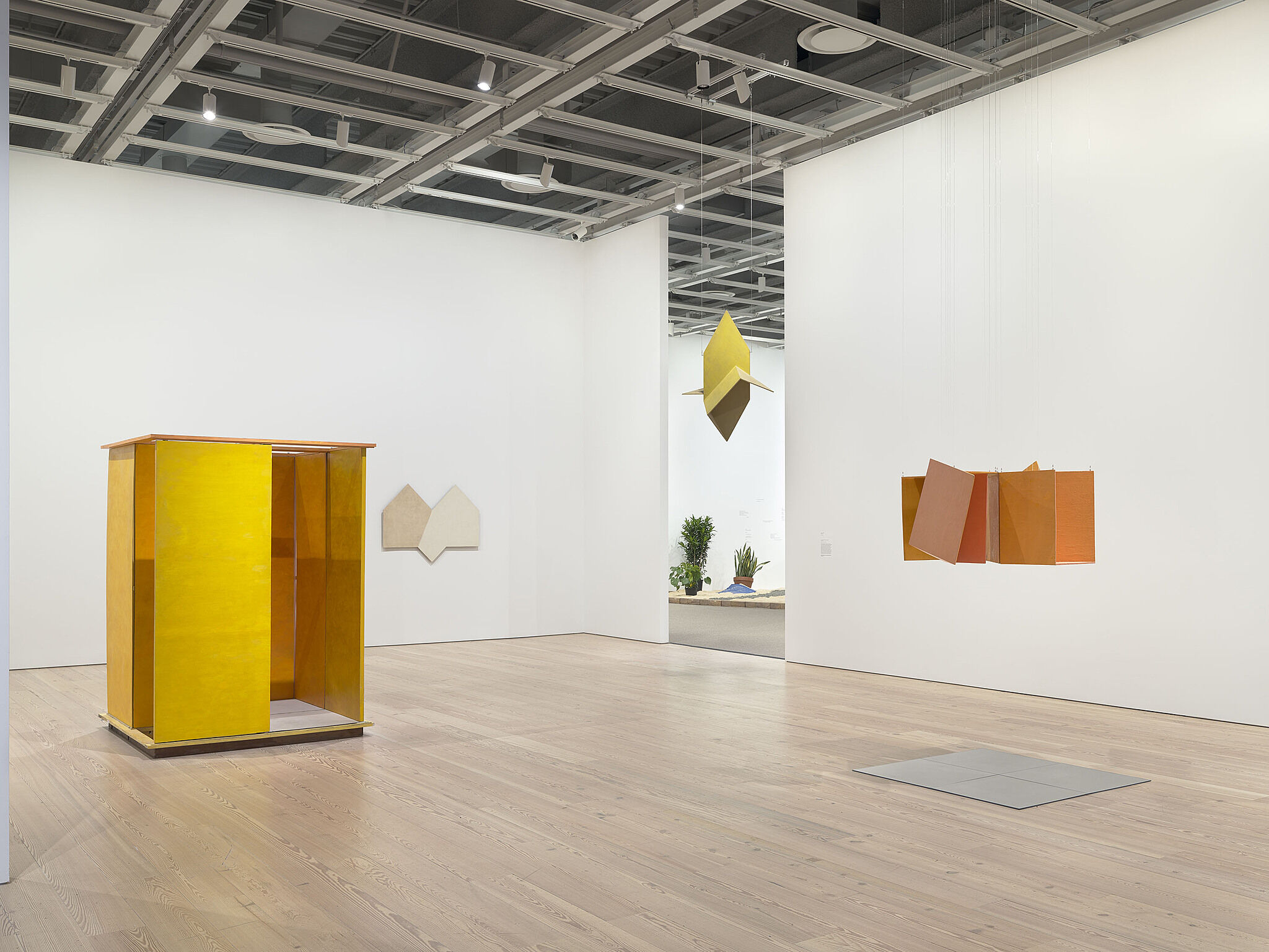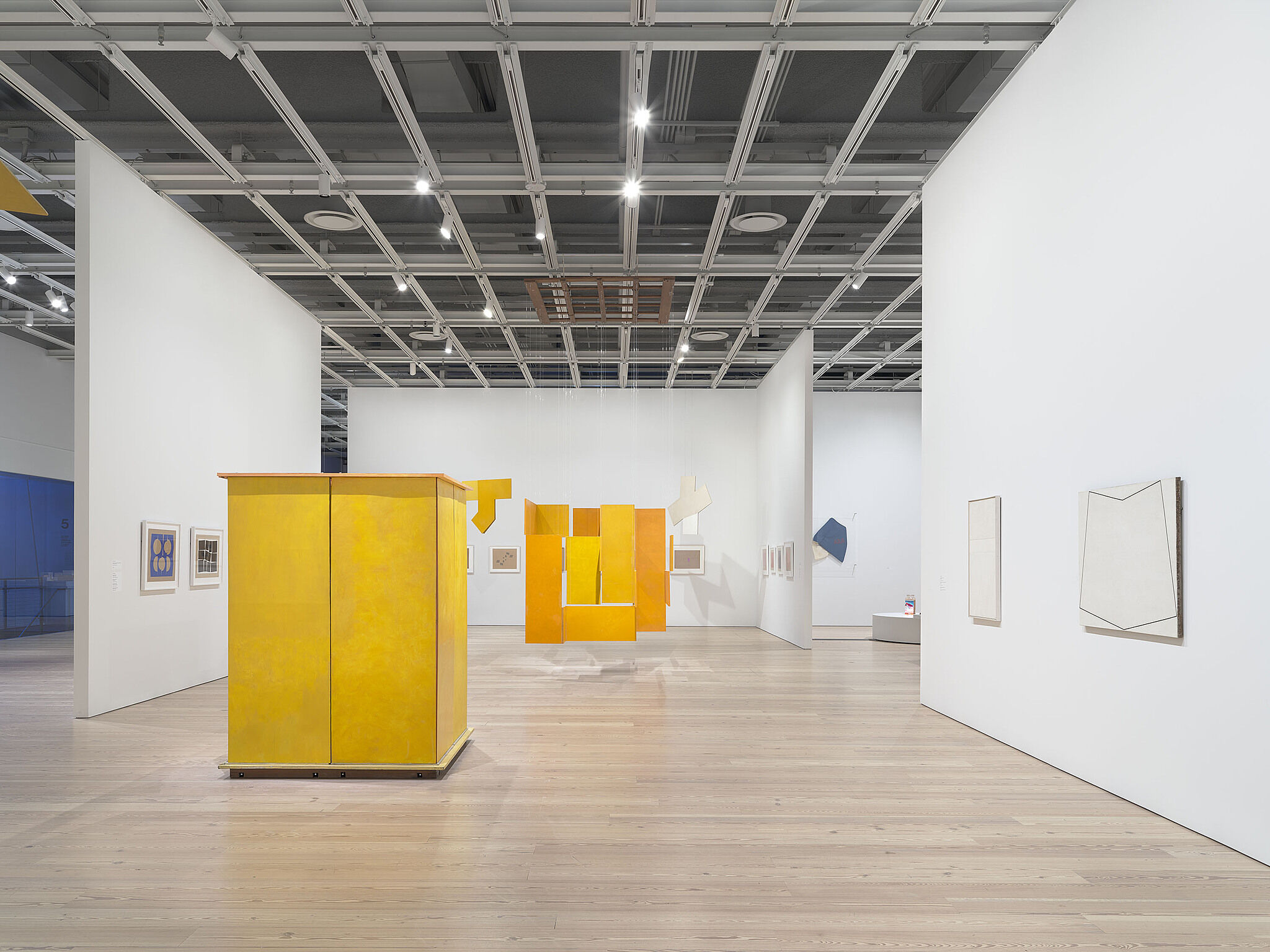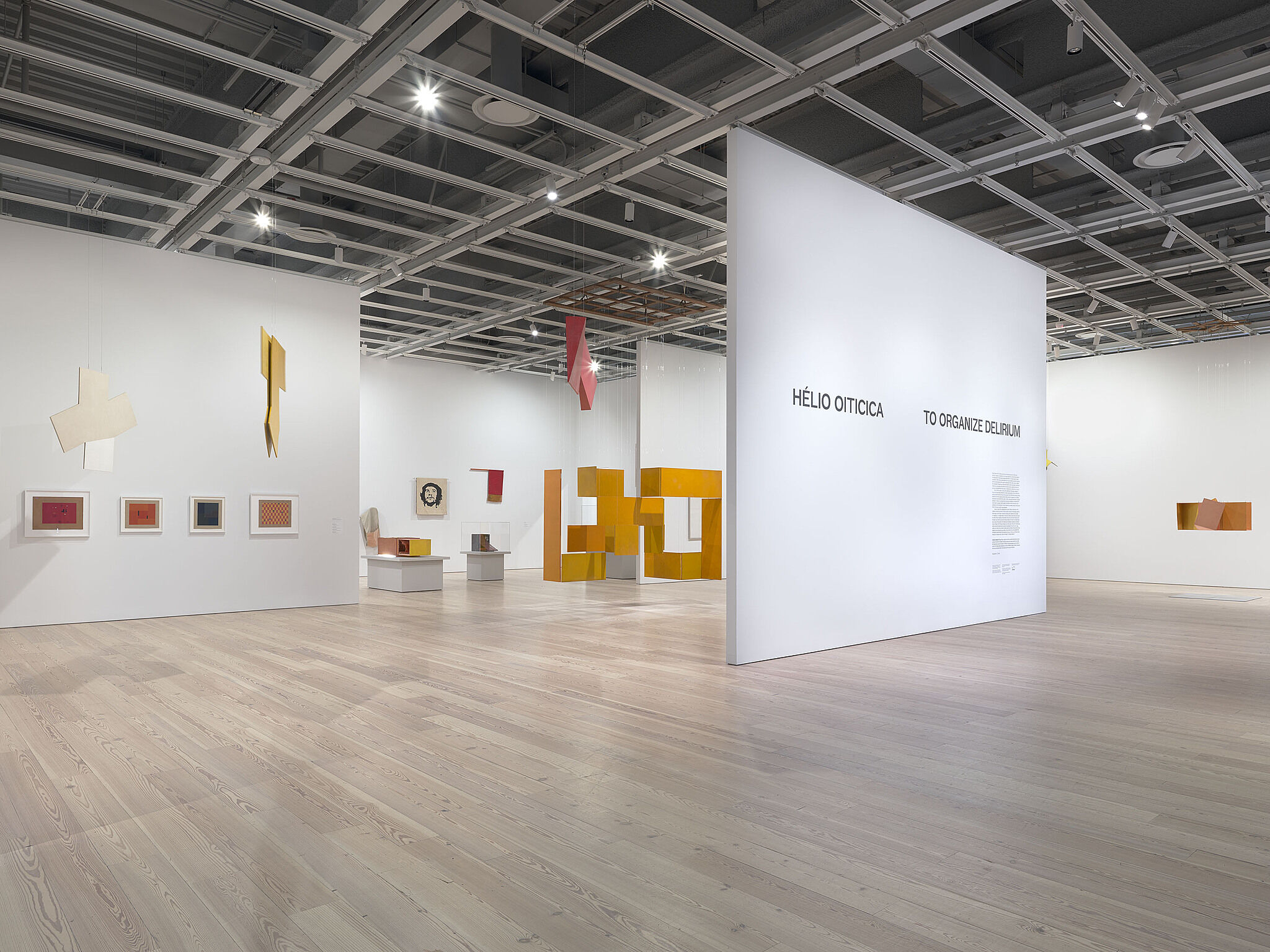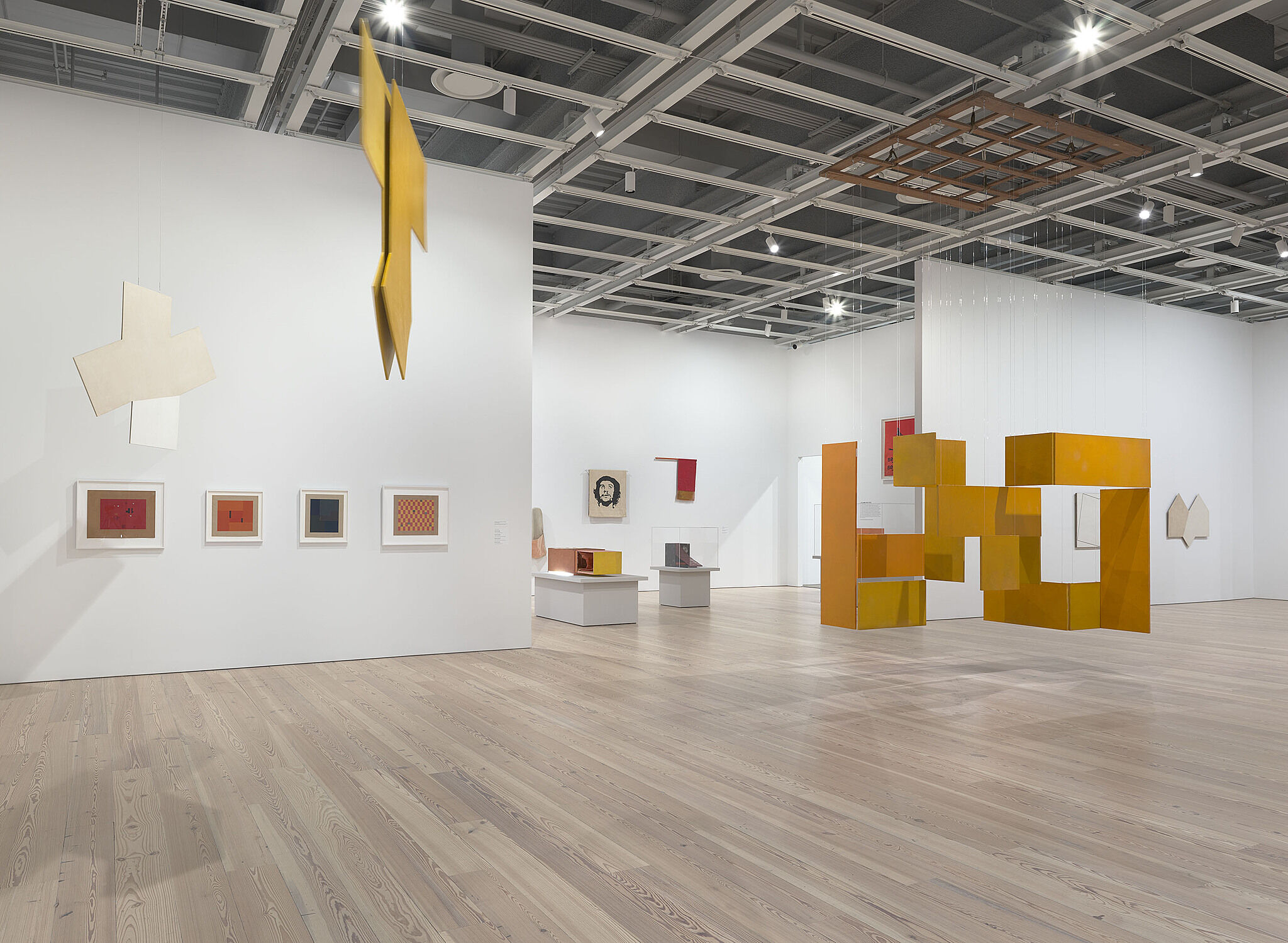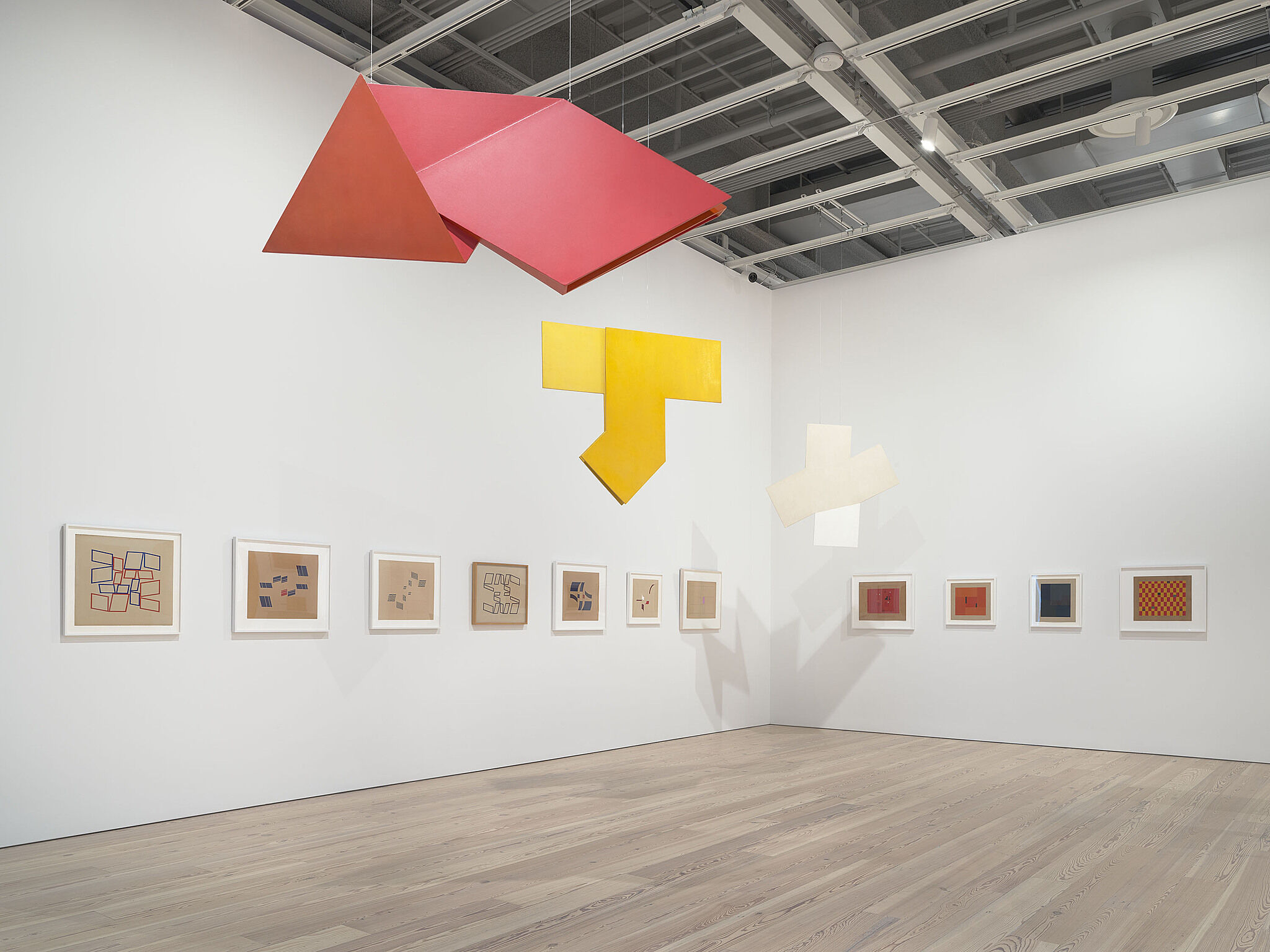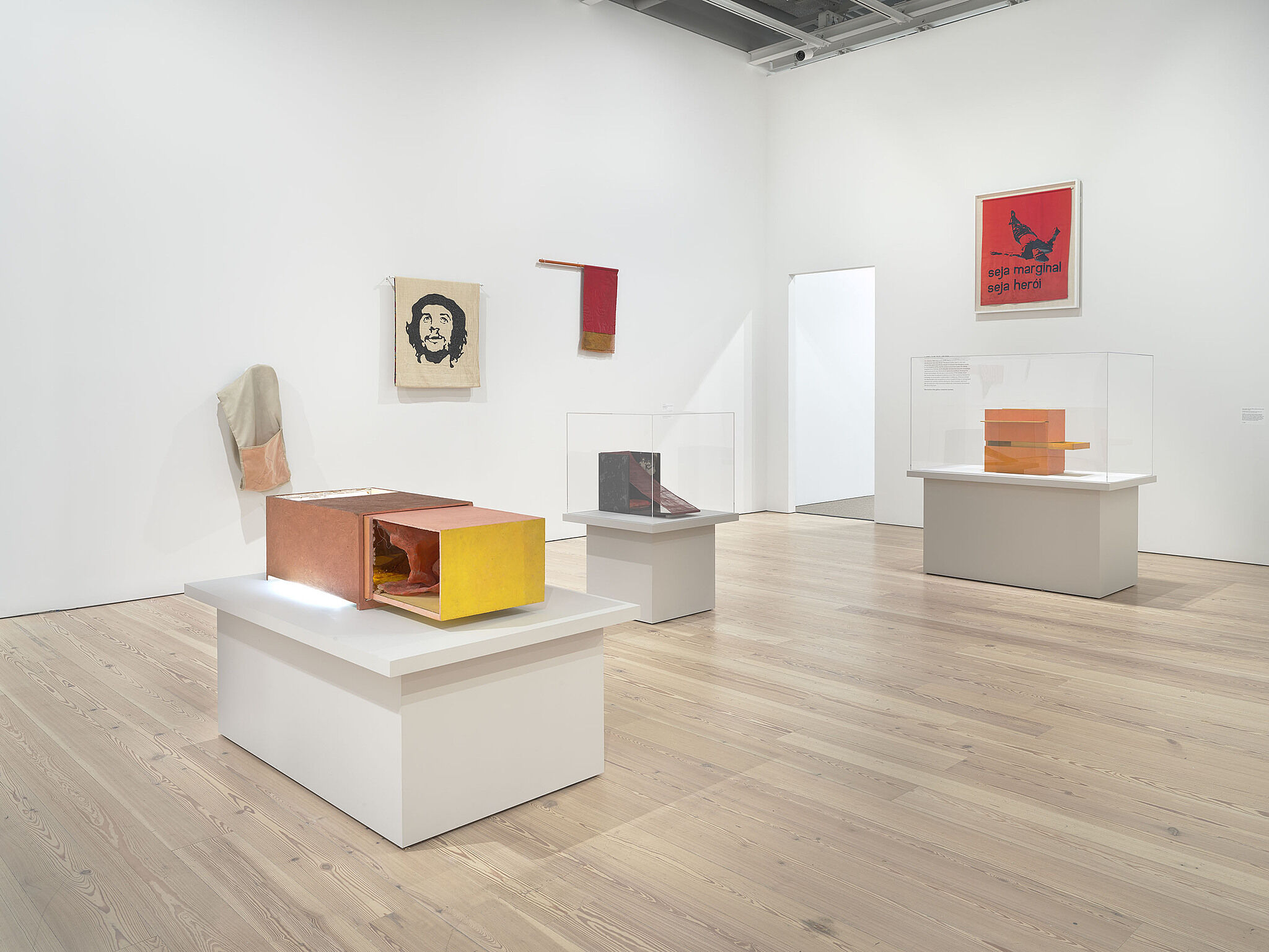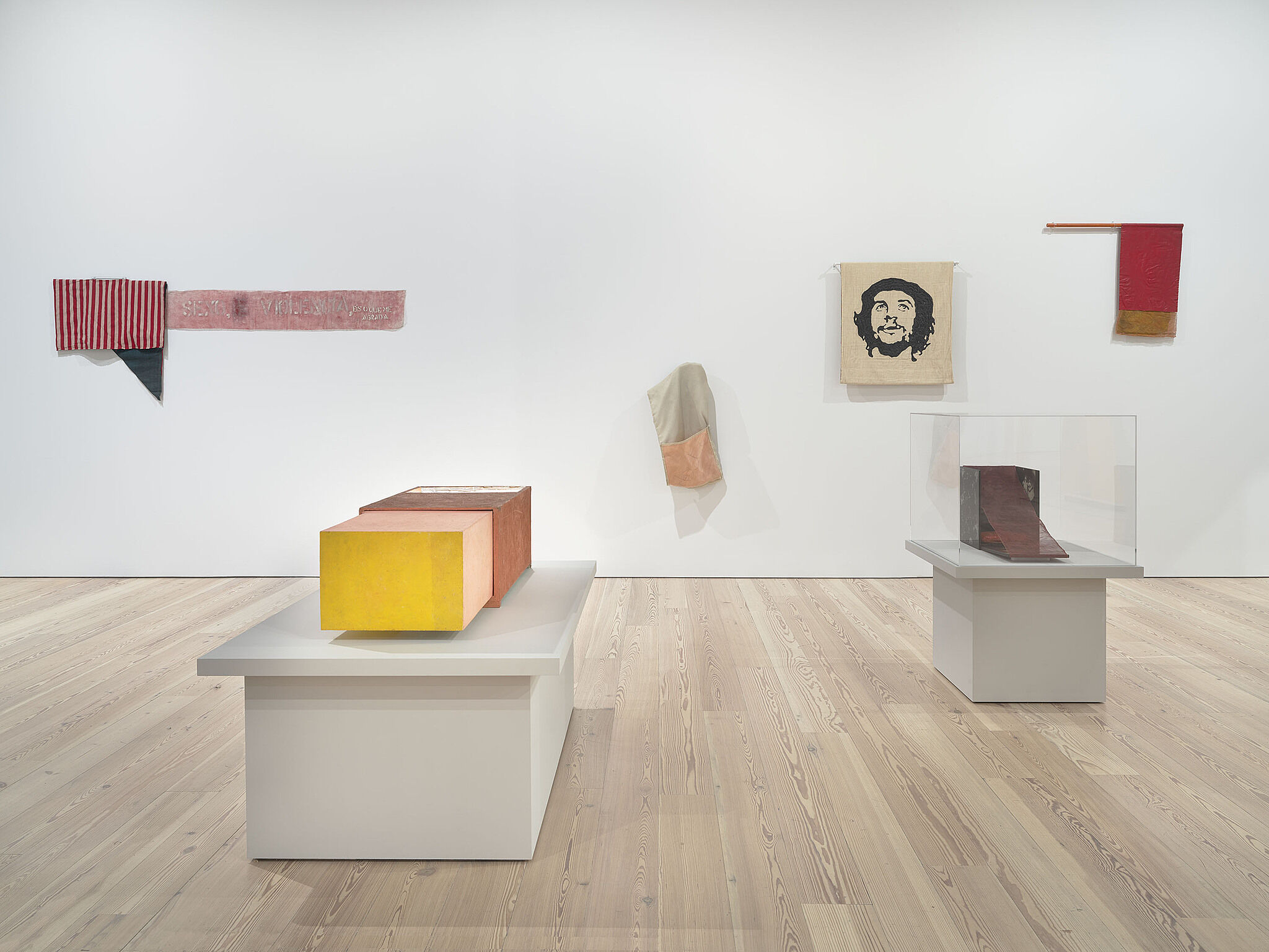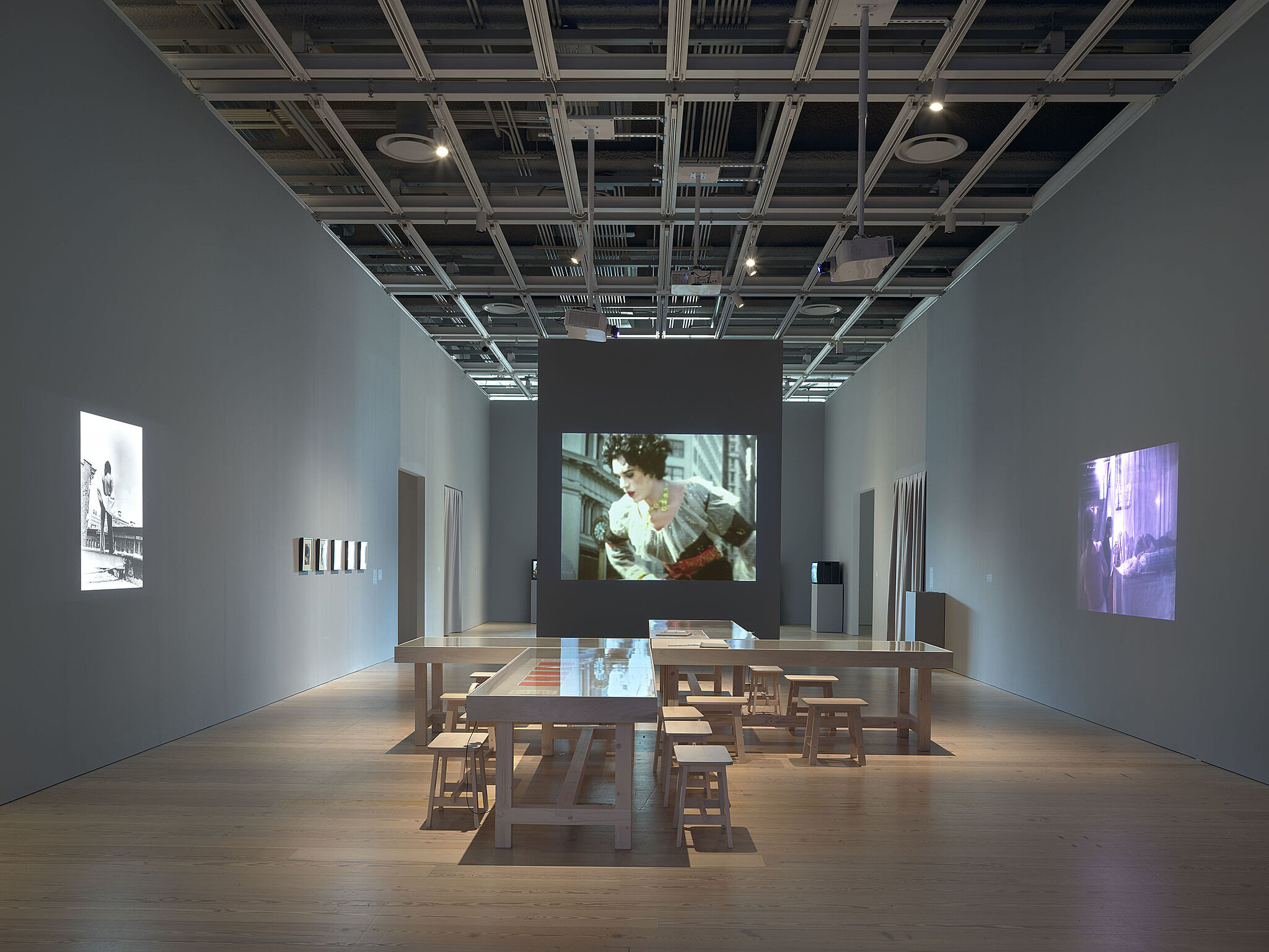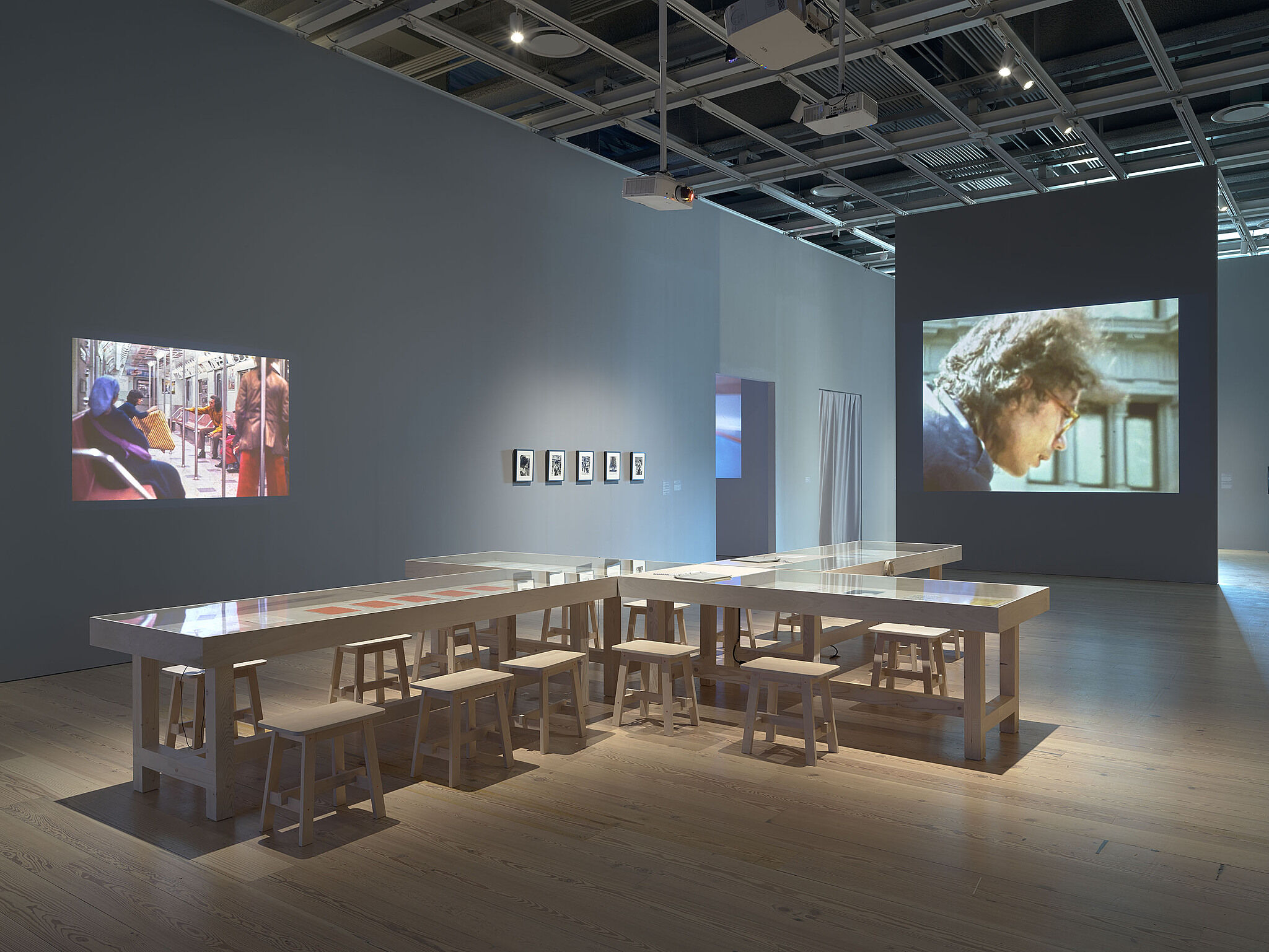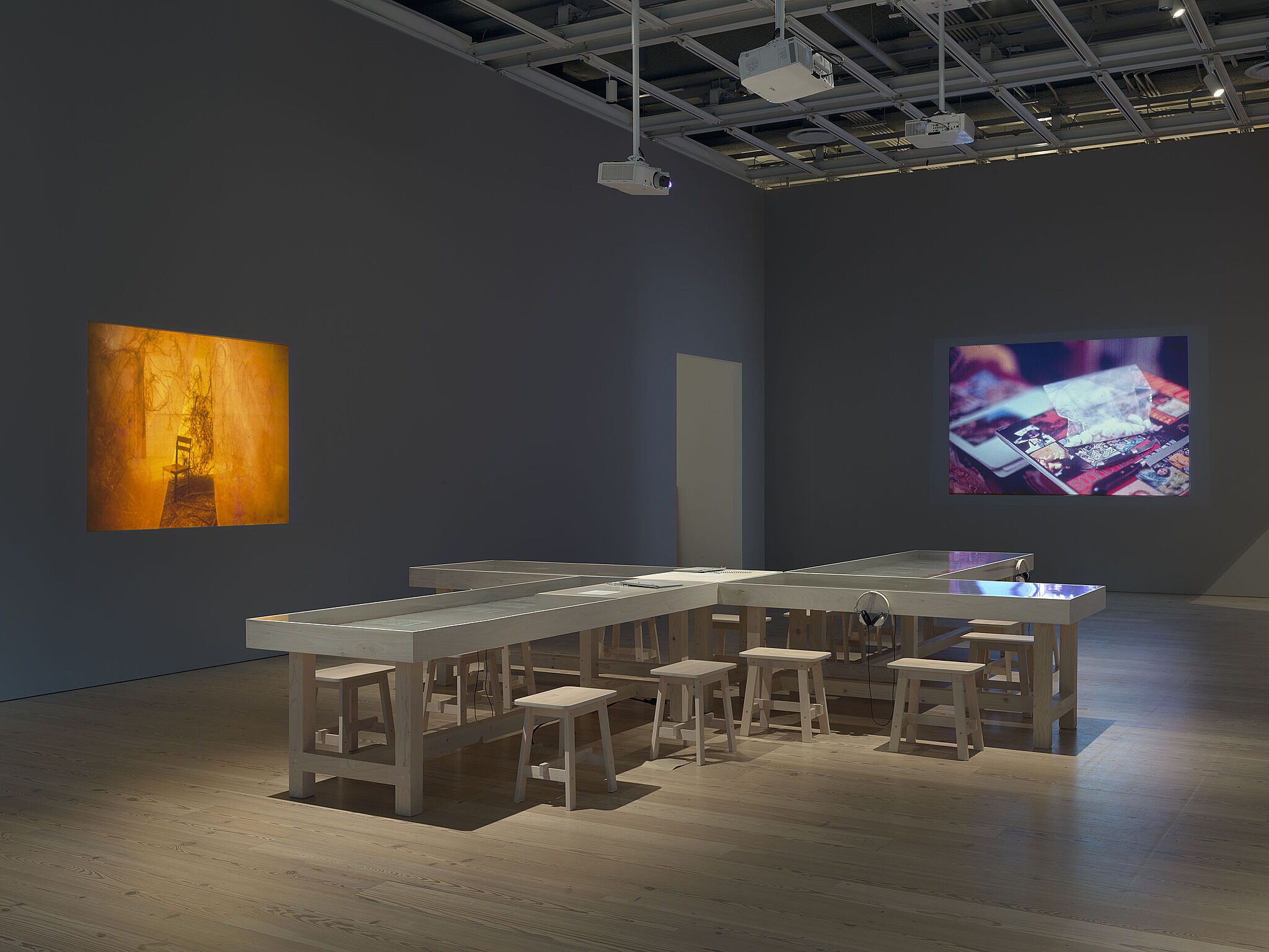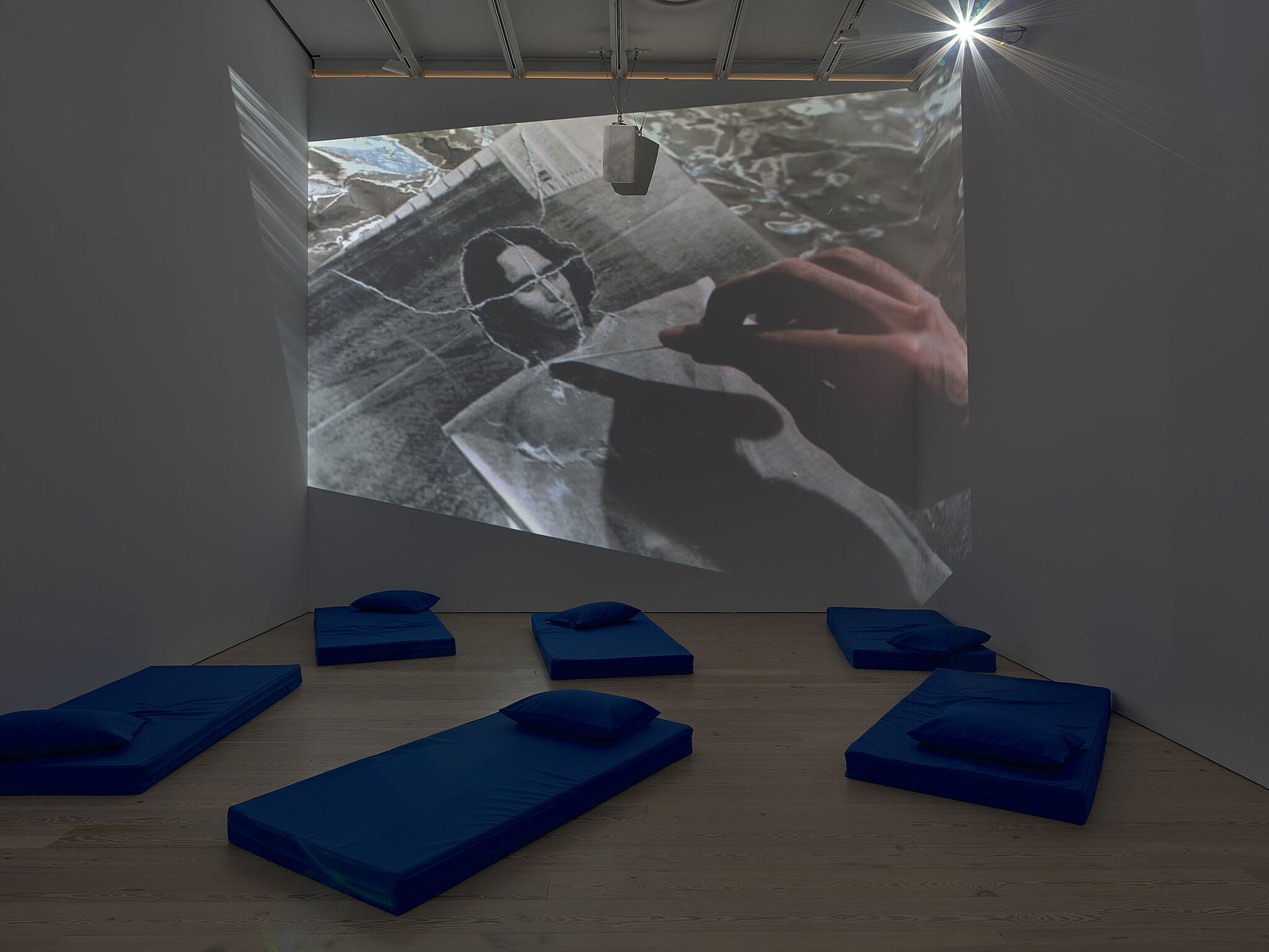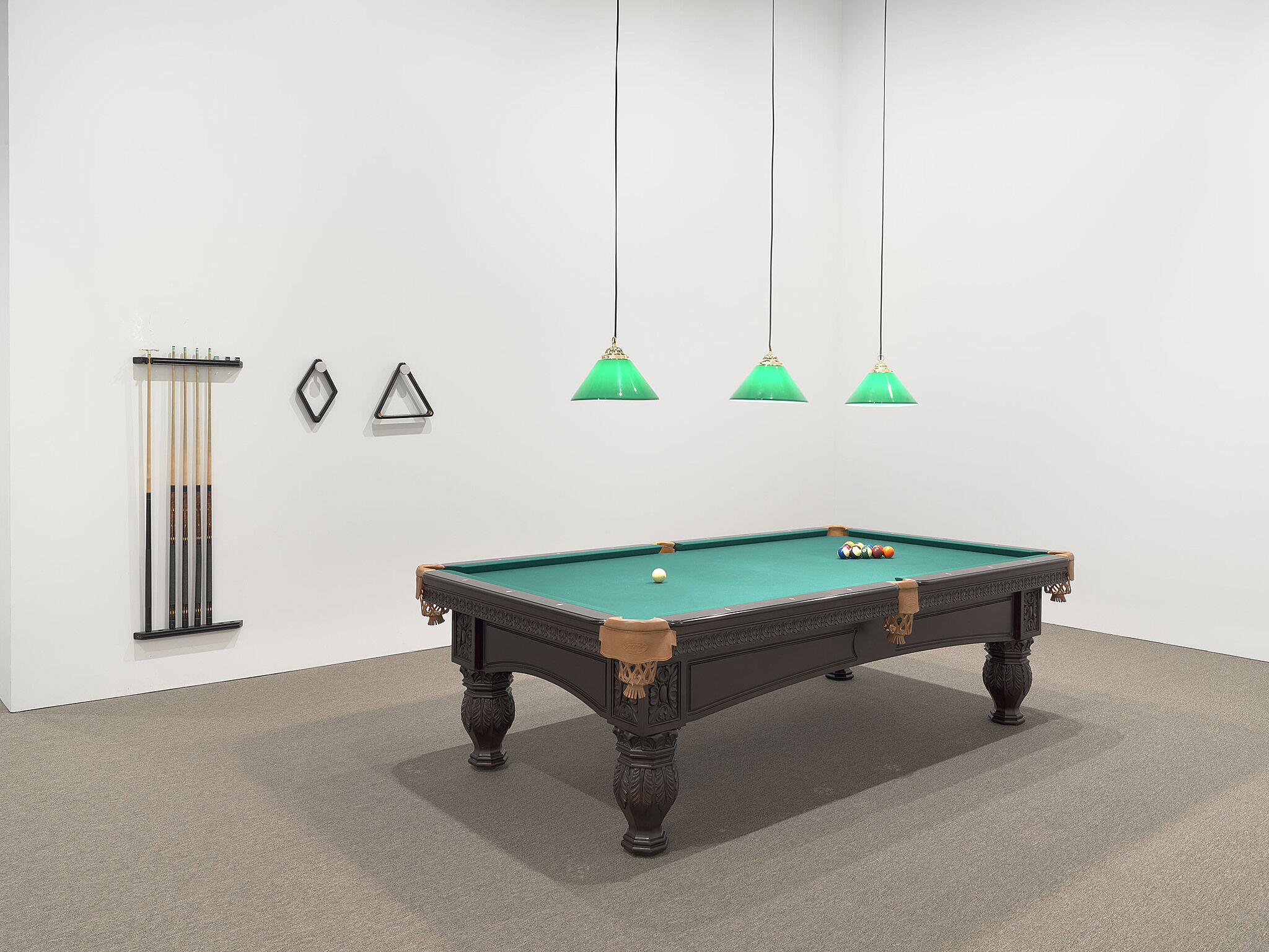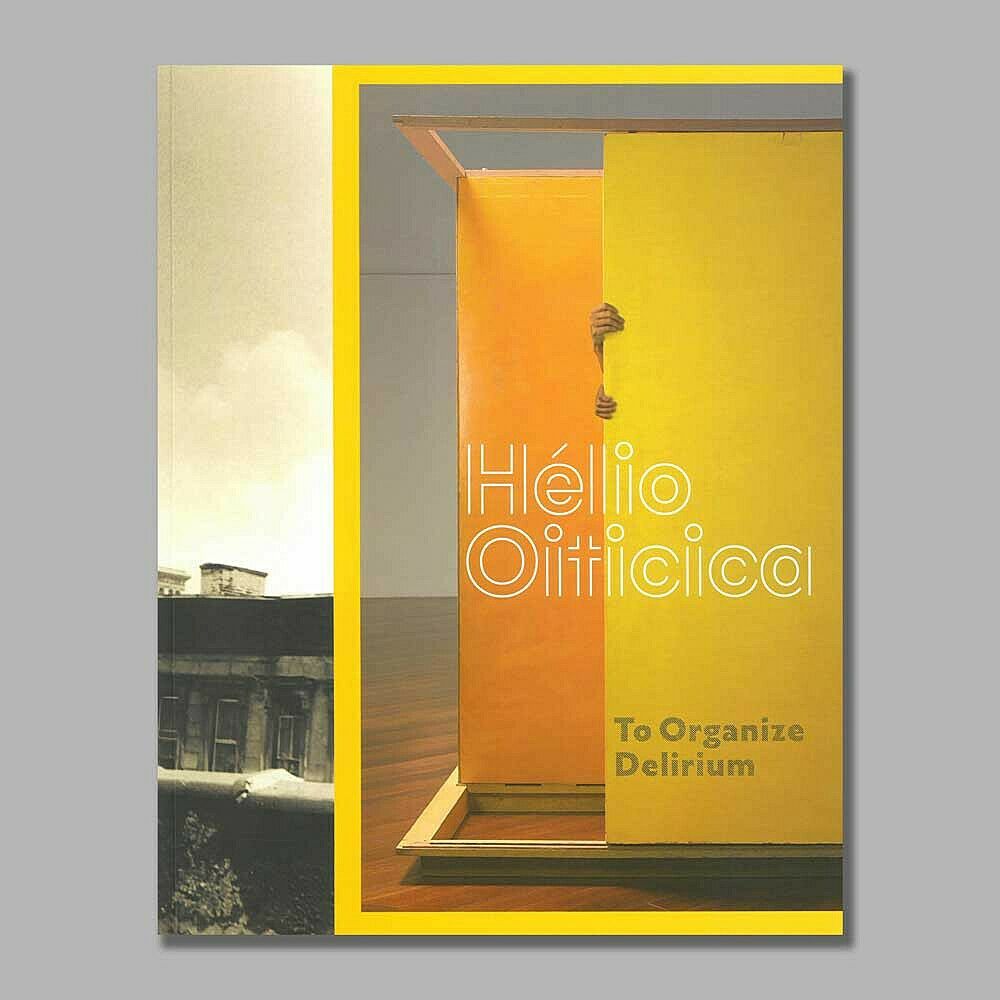Hélio Oiticica: To Organize Delirium
July 14–Oct 1, 2017
Hélio Oiticica: To Organize Delirium
Hélio Oiticica: To Organize Delirium is the first full-scale U.S. retrospective in two decades of the Brazilian artist’s work. One of the most original artists of the twentieth century, Oiticica (1937—1980) made art that awakens us to our bodies, our senses, our feelings about being in the world: art that challenges us to assume a more active role. Beginning with geometric investigations in painting and drawing, Oiticica soon shifted to sculpture, architectural installations, writing, film, and large-scale environments of an increasingly immersive nature, works that transformed the viewer from a spectator into an active participant. The exhibition includes some of his large-scale installations, including Tropicalia and Eden, and examines the artist’s involvement with music and literature, as well as his response to politics and the social environment. The show captures the excitement, complexity, and activist nature of Oiticica’s art, focusing in particular on the decisive period he spent in New York in the 1970s, where he was stimulated by the art, music, poetry, and theater scenes. While Oiticica engaged at first with many of the city’s artists, he ended up living in self-fashioned isolation before returning to Brazil. He died in Rio de Janeiro, in 1980, at the age of 42.
This exhibition is organized by the Whitney Museum of American Art, New York; Carnegie Museum of Art, Pittsburgh; and the Art Institute of Chicago.
Hélio Oiticica: To Organize Delirium is curated by Lynn Zelevansky, Henry J. Heinz II Director, Carnegie Museum of Art; Elisabeth Sussman, Curator and Sondra Gilman Curator of Photography, Whitney Museum of American Art; James Rondeau, President and Eloise W. Martin Director, Art Institute of Chicago; and Donna De Salvo, Deputy Director for International Initiatives and Senior Curator, Whitney Museum of American Art; with Katherine Brodbeck, Associate Curator, Carnegie Museum of Art.
Support for the national tour of this exhibition is provided by The Andy Warhol Foundation for the Visual Arts and the National Endowment for the Arts.
In New York, major support is provided by the Whitney’s National Committee.
Generous support is provided by Art&Art Collection, Tony Bechara, the Garcia Family Foundation, and the Juliet Lea Hillman Simonds Foundation.
Additional support is provided by the Evelyn Toll Family Foundation.
Generous endowment support is provided by The Keith Haring Foundation Exhibition Fund.
Publication
Hélio Oiticica: To Organize Delirium
The most comprehensive study to date of Hélio Oiticica, one of the world’s foremost practitioners of neo-concretism, who is internationally recognized for his innovative and participatory work. In his ingeniously constructed works, Hélio Oiticica revolutionized the idea of interactive art. Accompanying the first full US retrospective of the Brazilian artist in over two decades, and the first ever to travel the country, this heavily illustrated volume captures the excitement and complexity of Oiticica’s paintings, sculptures, and installations. Insightful essays by US and Latin American writers cover the entirety of his career, with special emphasis on his little-known New York period between 1971 and 1978. Thoroughly exploring Oiticica’s most acclaimed works, such as the Parangolés and his groundbreaking installation Tropicália, this book also examines his involvement with music, literature, and his response to politics and the social environment in Brazil. From his immersion in 1960s counterculture to his life and work in New York City and final return to Rio de Janeiro, this catalog charts the development of an utterly original talent whose work is both wide-ranging and thoroughly engaging.
This publication features vibrant full color photographs and a list of exhibitions, including his 2017 exhibition at the Whitney Museum of American Art.
In the News
"It’s alive in a way almost no art feels now."
—The New York Times
"One of the most famous figures of Brazil’s mid-century surge of experimental art."
—artnet
"A posthumous retrospective reveals the immersive pleasures of his work."
—The New Yorker
"Not your typical show."
—W Magazine
"Revolutionary Brazilian artist Hélio Oiticica gets a retrospective at The Whitney."
—VICE
"A time traveling treat."
—The Village Voice


